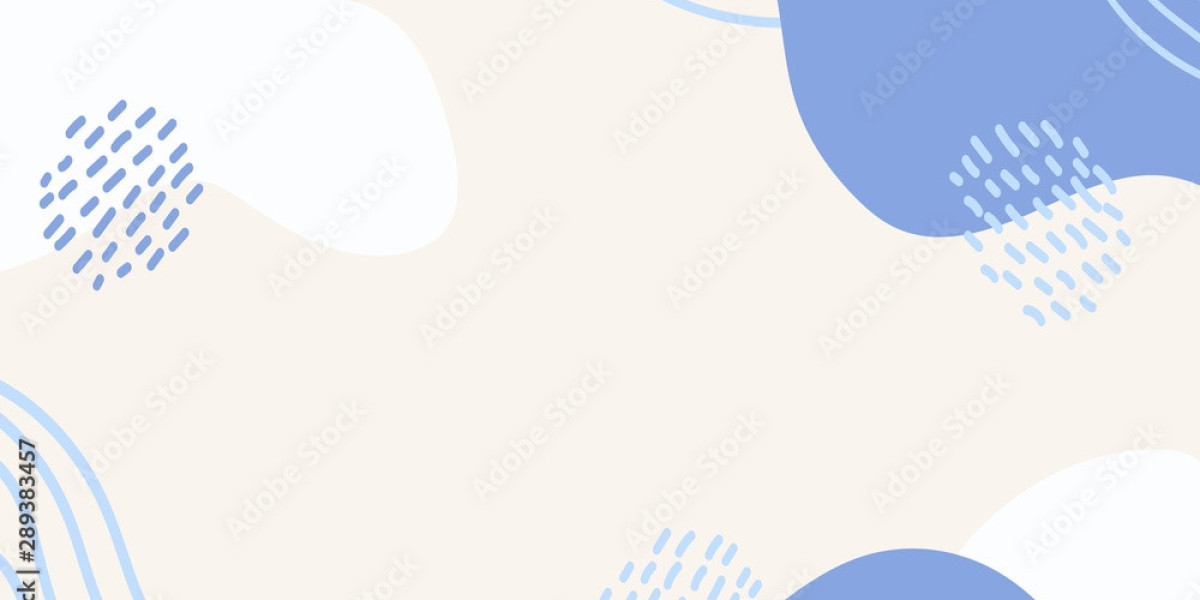Cardboard is a common material found in nearly every household and business. It’s used in packaging, shipping, storage, arts and crafts, and a multitude of other applications. Despite its ubiquity, many people don’t fully understand what cardboard is made of or why its composition is important. By gaining insight into how cardboard is constructed, we can better appreciate its strengths, limitations, and environmental impact. Whether you're a consumer, business owner, or sustainability advocate, understanding what cardboard is made of helps you make smarter choices in everyday life.
From single-layer cereal boxes to heavy-duty corrugated cartons used in shipping, cardboard comes in various types with different structural properties. These properties directly relate to the raw materials and methods used in its production. This article will break down the components and processes behind cardboard manufacturing, explore its uses, and explain why knowing what cardboard is made of plays a crucial role in product design, recycling, and environmental responsibility.
The Basics: What Is Cardboard Made Of?
When we talk about cardboard, we are typically referring to a paper-based material made from cellulose fibers derived from wood pulp or recycled paper products. The exact composition varies depending on the type of cardboard, but most varieties are primarily made from a blend of softwood and hardwood trees. Softwood fibers from pine trees provide strength and rigidity, while hardwood fibers offer smoother texture and better printability. These fibers are processed into pulp, pressed into sheets, and layered to form different types of cardboard.
The most common type of cardboard is corrugated cardboard, which is made up of three layers: an outer liner, an inner liner, and a fluted or corrugated medium sandwiched in between. These layers are bonded using starch-based adhesives. The fluting provides cushioning and resistance to pressure, making corrugated cardboard ideal for shipping and packaging. Other types, like paperboard or chipboard, consist of a single thick layer of processed paper and are often used in products like shoeboxes or cereal boxes.
The Role of Recycled Materials in Cardboard Production
One of the most important components in modern cardboard manufacturing is recycled paper. In fact, a significant percentage of cardboard today is made from post-consumer and post-industrial recycled content. This includes used cardboard boxes, newspapers, office paper, and even shredded documents. These materials are collected, sorted, cleaned, and broken down into pulp, which is then reconstituted into new sheets of cardboard. This process not only conserves trees but also reduces the energy and water needed to produce cardboard from raw wood.
Using recycled materials also reduces the environmental footprint of cardboard. Producing cardboard from virgin pulp can be energy-intensive and contributes to deforestation. In contrast, recycled cardboard consumes less energy and produces fewer greenhouse gas emissions. However, recycled fibers tend to be shorter and weaker than virgin fibers, which can affect the durability of the final product. To counteract this, manufacturers often blend recycled pulp with a percentage of virgin fibers to maintain strength while promoting sustainability.
Different Types of Cardboard and Their Composition
Cardboard isn’t a one-size-fits-all material. It comes in several forms, each with a unique composition designed for specific applications. Corrugated cardboard, used primarily for shipping boxes, consists of multiple layers of kraft paper with a fluted interior that adds structural integrity. The kraft paper itself is made from unbleached wood pulp, which is stronger and more durable than bleached paper. This kind of cardboard is designed to absorb impact and protect contents during transport.
Paperboard, on the other hand, is a single-ply material often used in lightweight packaging such as cereal boxes, toothpaste cartons, and tissue boxes. It is usually made from a mix of recycled fibers and virgin pulp and is often coated with a clay or polyethylene layer for enhanced printability and moisture resistance. Chipboard, another variety, is typically composed of 100% recycled paper pressed into a rigid form. While chipboard is economical and eco-friendly, it is not as strong or durable as corrugated cardboard or kraft paperboard.
Why Knowing What Cardboard Is Made Of Matters
Understanding what cardboard is made of has practical implications for both consumers and businesses. For one, it influences how you should dispose of or recycle cardboard products. Cardboard with plastic coatings, heavy inks, or food contamination is more difficult to recycle and may even end up in landfills. By knowing which types of cardboard are recyclable and which are not, individuals can make environmentally responsible disposal choices and reduce waste.
For businesses, knowing the composition of cardboard helps in product packaging design. Companies can choose between different grades and types of cardboard based on their specific needs—whether they require strength for shipping, visual appeal for retail packaging, or eco-friendliness to align with sustainability goals. Moreover, customers are increasingly favoring brands that use recyclable or compostable packaging. By understanding what cardboard is made of, businesses can align their packaging choices with consumer values and environmental regulations.
Environmental Impact and Sustainability Considerations
Cardboard’s composition plays a critical role in determining its environmental impact. As a paper-based product, cardboard is inherently biodegradable and recyclable. However, how sustainable it truly is depends on how it’s sourced, manufactured, and disposed of. Virgin cardboard made from unsustainably harvested trees contributes to deforestation, habitat destruction, and carbon emissions. In contrast, cardboard made from recycled paper significantly lowers the demand for new wood pulp and uses less water and energy in the production process.
Choosing the right type of cardboard and ensuring it’s recycled properly can have a substantial impact on reducing landfill waste and conserving natural resources. Additionally, innovations in biodegradable coatings, water-based inks, and zero-waste manufacturing processes are helping to make cardboard packaging even more sustainable. Governments and organizations are also pushing for stricter regulations and incentives to encourage the use of eco-friendly cardboard. Understanding what cardboard is made of allows us to support these initiatives and contribute to a greener planet.
Conclusion
In summary, cardboard is a versatile, paper-based material made primarily from wood pulp and recycled paper fibers. Depending on its intended use, cardboard can be composed of various layers and treated with different finishes. The focus keyword—what is cardboard made of—is essential to understanding its production, recyclability, and environmental impact. This knowledge empowers consumers and businesses to make more informed decisions about packaging and waste management.




